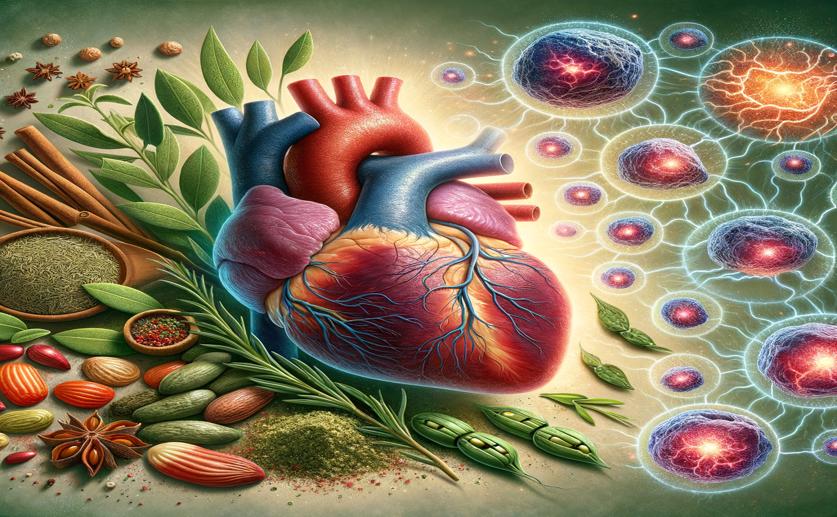
Herbal Compound Improves Heart Health by Boosting Mitochondrial Stress Response
Jenn Hoskins
18th August, 2024

Image Source: Natural Science News, 2024
Key Findings
- Researchers at Guangzhou Hospital found that Salvianolic acid B (Sal B) protects the heart from septic injury
- Sal B improved heart function, reduced inflammation, and lessened heart damage in mice with septic heart injury
- Sal B activated a protective cellular mechanism called UPRmt, which helps repair and maintain mitochondrial function
References
Main Study
1) Salvianolic acid B improves mitochondrial dysfunction of septic cardiomyopathy via enhancing ATF5-mediated mitochondrial unfolded protein response.
Published 15th August, 2024
https://doi.org/10.1016/j.taap.2024.117072
Related Studies
2) Mitochondrial recovery by the UPRmt: Insights from C. elegans.
3) Ubiquitin-like protein 5 positively regulates chaperone gene expression in the mitochondrial unfolded protein response.
Journal: Genetics, Issue: Vol 174, Issue 1, Sep 2006



 16th August, 2024 | Greg Howard
16th August, 2024 | Greg Howard